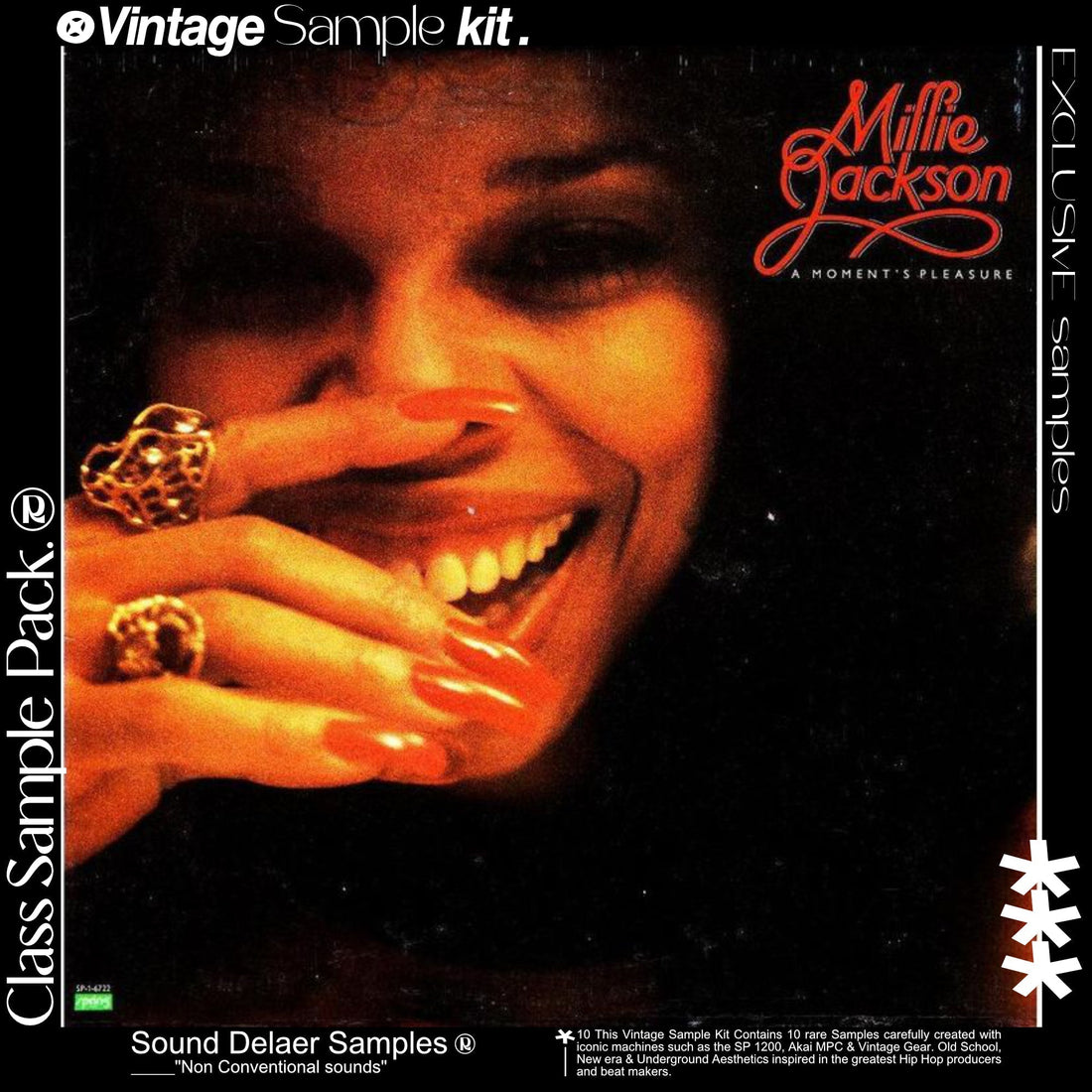
How to Flip Samples Like a Pro + Must-Have Sample Kits for Unique Beats
Share
In a world where thousands of beats are uploaded every hour, standing out as a producer is harder than ever. One of the most powerful ways to add originality to your sound is by flipping samples—taking a piece of audio and transforming it into something completely new. In this guide, we’ll show you how to flip samples like a pro and explain how using quality sample packs can help you build your skills and creativity.
What Does It Mean to Flip a Sample?
Flipping a sample means creatively reworking a piece of audio—a melody, vocal, drum break, or texture—into a new composition. It’s about transforming the familiar into the unexpected. Think of Kanye West chopping soul vocals or J Dilla reinterpreting jazz riffs. A good flip doesn’t just loop—it reinvents.
3 Creative Ways to Transform a Sample
-
Time-Stretching & Pitch Shifting
Changing the tempo and pitch of a sample can instantly change its vibe. Slowing it down can give it a dreamy, lo-fi feel, while pitching it up creates a more energetic tone. Try combining both for a unique flip. -
Slicing & Rearranging
Use your DAW to chop the sample into smaller segments. Then rearrange those slices to create a new rhythm or melody. Tools like FL Studio’s Slicer or Ableton’s Simpler make this easy. -
Layering & FX
Add your own instruments, textures, or percussions over the sample. Use reverb, delay, filters, and distortion to morph the original sound. Try automating FX parameters for movement.
Mistakes to Avoid When Flipping Samples
- Overprocessing: Too many effects can make your beat muddy.
- Ignoring Key/BPM: Match the key and tempo to avoid clashing sounds.
- Being Too Literal: Don’t just loop the sample—transform it. Make it your own.
How to Pick the Right Sample Kit for Your Style
A good flip starts with the right source material. Here’s what to look for in a sample kit:
- BPM and Key Labeled: Saves time and helps with harmony.
- High-Quality WAV Files: Clean recordings give you more flexibility.
- Variety: Look for kits that include melodies, textures, and stems.
- Genre Focused: Choose kits tailored to your style—Trap, Boom Bap, R&B, etc.
Using Sample Kits to Build Your Skills
Practicing with well-designed sample kits is one of the best ways to develop your flipping technique. You get access to professionally crafted sounds that are ready to be transformed. Start with melody kits, explore stem packs, and experiment with different genres. With the right tools, you can focus on creativity instead of searching endlessly for usable material.
Mini Demo: From Sample to Beat
Take a melody loop, slice it into four segments, reverse the second slice, pitch the last one up, and layer a filtered synth pad underneath. Boom—you’ve got a unique, emotional beat ready to go.
Extra Tips + Free Resources
- Try combining two unrelated samples for unexpected results.
- Use a transient shaper to emphasize or soften chopped hits.
- Download free mini sample packs online to practice your flips.
Want to stand out from the crowd? Start flipping with the right tools. Practicing with high-quality sample packs will accelerate your creativity and help you craft your own signature sound. Explore new kits, flip them your way, and let your beats speak for themselves.
